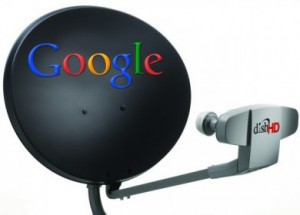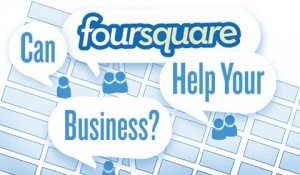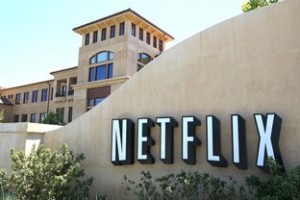A Dish-Google Partnership?
Ajit Deshpande - November 19, 2012 - 0 Comments
 On November 16th, news broke out that Dish and Google were discussing a potential partnership to build out a wireless network to rival those of the top carriers. Dish has for a while been exploring ways to use its satellite spectrum for terrestrial wireless communication. A failed bid for MetroPCS, an ongoing discussion with the FTC for approval and now discussions with Google amongst others, all indicate that Dish is quite serious about its plans.
On November 16th, news broke out that Dish and Google were discussing a potential partnership to build out a wireless network to rival those of the top carriers. Dish has for a while been exploring ways to use its satellite spectrum for terrestrial wireless communication. A failed bid for MetroPCS, an ongoing discussion with the FTC for approval and now discussions with Google amongst others, all indicate that Dish is quite serious about its plans.
It is probably not the best thing in the world to be a carrier today. Voice plan revenues which have long been the cash cows for carriers are now being disrupted by the likes of Republic Wireless in the United States and multiple providers in Europe (incidentally, Republic Wireless’ first phone device is from Google subsidiary Motorala Mobility). On the data side of things, OTT players, with Google being at the forefront, are taking the cake all while carriers continue to pour in billions into the infrastructure. And now if the Dish-Google partnership goes through, Google will obtain even greater access to consumers through just about every screen there is – PCs, tablets, smartphones and smart TVs. During 2011, Google had almost $10B in net income on ~$38B in revenues, whereas AT&T had ~$4B in net income on more than $156B in revenues. Now the carriers’ profitability is even further threatened by a potential partnership between someone who has decent wireless spectrum and someone who has the end-devices and $50B in cash. Surely the carriers aren’t happy to hear about this.
What does this mean for Dish? How about becoming a more complete convergent services provider, and how about obtaining a partner that enables it to better mine for more subscribers? And the end consumer gets a lower convergent services bill with possibly increased loss of privacy to Google. The synergies are there, all built around the value of consumer data. Consumer data closes the loop here, and maybe that is the right approach going forward.

